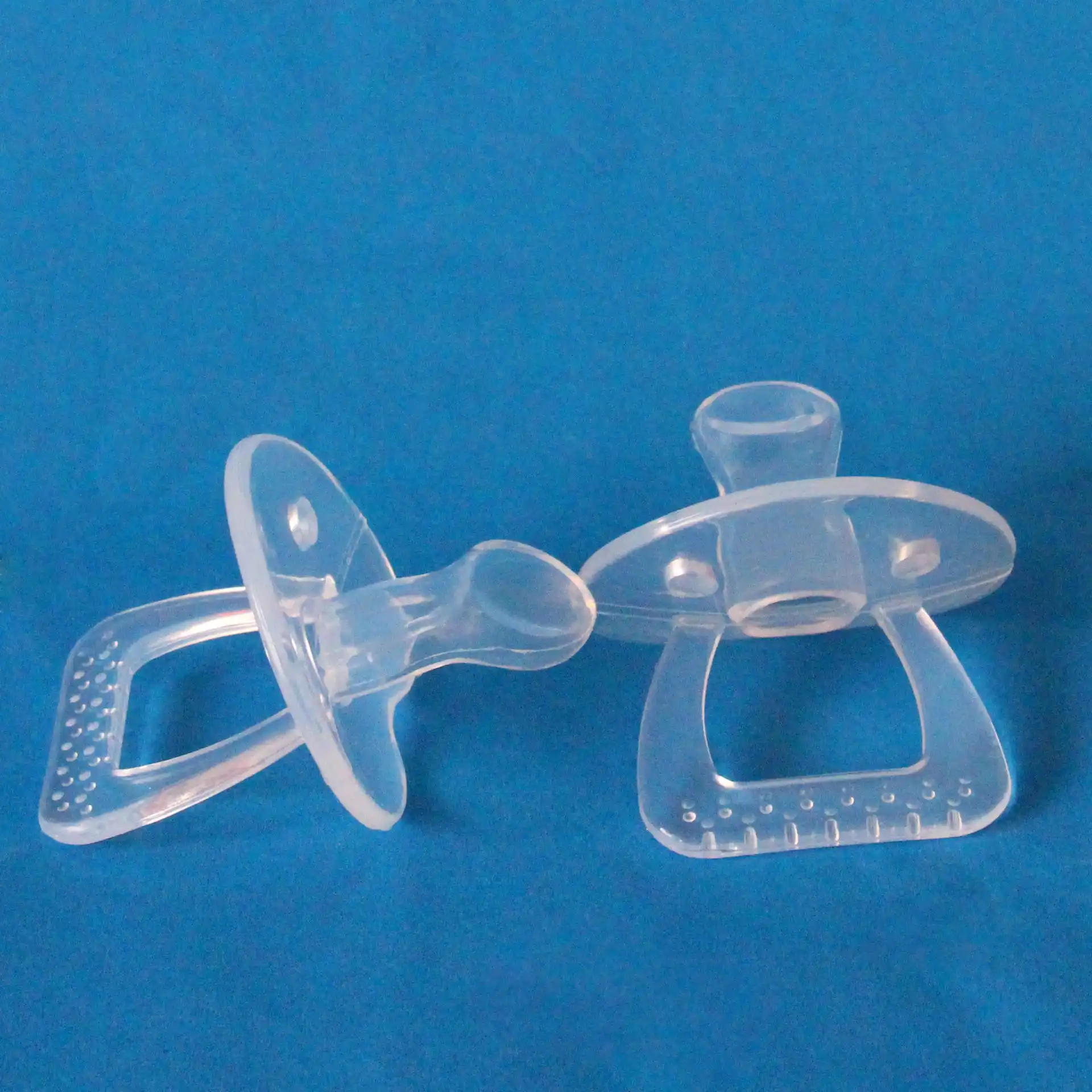Silicone Nipple: Material Composition Analysis and Performance Introduction
Nov 29,2024

**Silicone Nipple: Material Composition Analysis and Performance Introduction**
In modern parenting, nipples serve as an important tool for assisted feeding, and the choice of material and quality directly relates to the baby's health and comfort. Silicone nipples, as a common type of nipple on the market, are favored by many parents due to their unique material characteristics and superior performance. This article will detail the material composition of silicone nipples and introduce their performance characteristics to help parents better understand and use silicone nipples.
1. Material Composition of Silicone Nipples
Silicone nipples are made from synthetic silicone rubber (Silicon Rubber). Silicone rubber is a special synthetic rubber product made from polysiloxane, white carbon black, and various reinforcing fillers that are vulcanized under heat and pressure. Silicone nipples typically use LSR (Liquid Silicone Rubber) as the raw material, which has good fluidity, quick vulcanization, and is safer and more environmentally friendly, fully meeting food-grade requirements.
Qualified silicone nipples must be non-toxic, odorless, and transparent in color, made from 100% food-grade silicone material. During the production process, silicone nipples undergo strict process control to ensure product safety and stability. Among them, the "secondary vulcanization" processing technology is an important link in the production process of silicone nipples, which can make vulcanization more thorough, properties more stable, and remove volatile compounds from the product to meet the requirements for volatile organic compounds (VOC) content in GB 4806.2-2015 "National Food Safety Standard for Nipples" (≤0.5%).
2. Performance Characteristics of Silicone Nipples
1. **Non-toxic and Harmless, Safe and Reliable**
Silicone nipples are made from food-grade silicone material, free from harmful substances such as bisphenol A, non-toxic and harmless, and can replace traditional latex nipples. Silicone nipples can withstand various disinfection methods, are not easily deformed, and prolonged disinfection will not release harmful components or produce plastic-like odors, ensuring the safety of use for babies.
2. **High Temperature Resistant, Strong Durability**
Silicone nipples inherit the excellent characteristics of silicone products, being high temperature resistant and suitable for repeated high temperature, low temperature, high pressure, boiling, microwave, and other safe operations. Silicone nipples are not easily aged, have a long service life, generally lasting over 10 years. Additionally, silicone nipples do not stick to food, are easy to clean, and can be restored to cleanliness with just a rinse of water.
3. **Soft and Elastic, Realistic Touch**
Silicone nipples use ultra-soft silicone, with a thickness twice that of ordinary nipples, making them very soft and highly elastic. The nipple can stretch to a certain length, allowing the baby's tongue to move freely as if sucking breast milk. The design and feel of silicone nipples mimic real breasts, making the baby feel as if they are sucking breast milk, increasing comfort and acceptance.
4. **Integrated Design, Easy to Clean**
Silicone nipples feature an integrated design without complex accessories, making them easy to clean without worrying about parts falling off. The notch design of silicone nipples does not press against the baby's nose, leaving no marks on the mouth, and can also be used as a teether, meeting the needs of babies at different stages.
3. Comparison of Silicone Nipples and Latex Nipples
Silicone nipples and latex nipples are two common types of nipple materials on the market. Latex nipples are made from natural latex, which is soft and closer to the feel of breast milk, but has relatively poor heat resistance, is prone to aging, and has a rubber smell. Silicone nipples, on the other hand, are made from synthetic silicone rubber, are non-toxic and odorless, heat resistant, and durable, but are less elastic than latex. Therefore, when choosing a nipple, parents should select the appropriate nipple material based on the baby's actual situation and feeding method.
4. Precautions for Using Silicone Nipples
Although silicone nipples have many advantages, the following points should still be noted during use:
1. Choose silicone nipples from reputable brands with guaranteed quality.
2. Before use, clean the nipple thoroughly and disinfect it with boiling water or a dedicated sterilizer.
3. Properly position the nipple to ensure that the nipple's mouth covers the baby's lips and is gently secured.
4. Do not use pacifiers for extended periods to avoid affecting the baby's oral health and language development.
5. Regularly replace nipples to maintain cleanliness and hygiene, reducing bacterial growth.
In summary, silicone nipples, with their non-toxic, heat-resistant, soft and elastic, and easy-to-clean characteristics, have become an indispensable tool in modern parenting. Parents should fully understand the material composition and performance characteristics when choosing and using silicone nipples, and follow the correct usage methods to ensure the health and comfort of their babies.

















